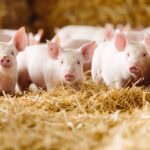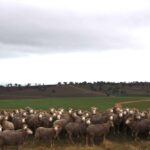A group of Sydney's most influential chefs, farmers and food industry leaders recently attended the…
Educating consumers to support pork producers
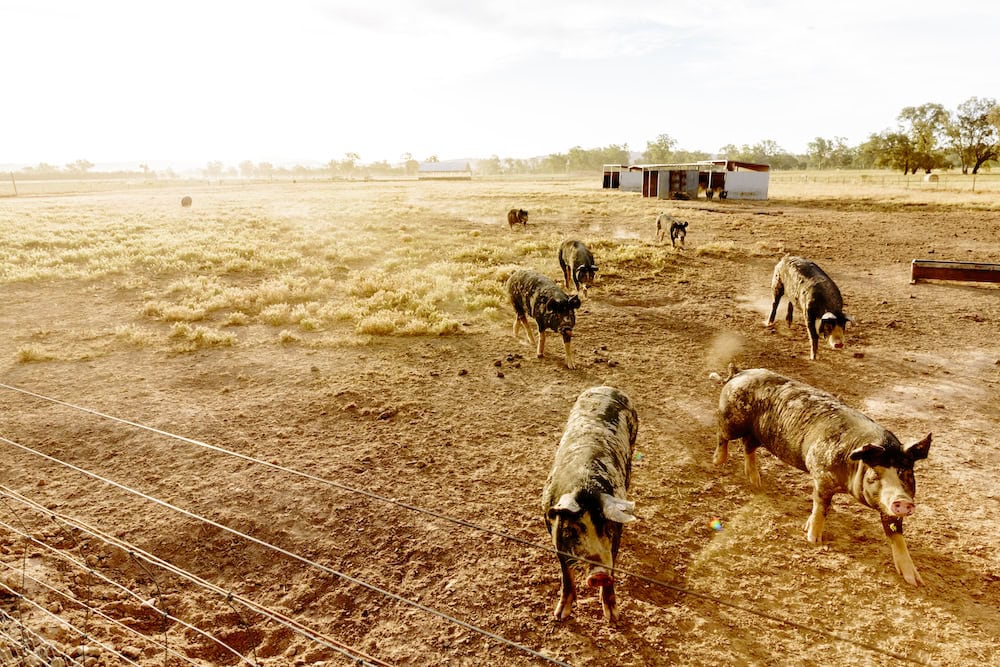
Did you know the majority of ham and bacon consumed in Australia is made using imported pig meat? If you didn�t, don�t worry � you are not alone.
A recent study of 1,500 people by Australian Pork Limited found a staggering 76 per cent of consumers thought they were buying Australian ham and bacon, when really the products were made using imported meat.
Often the only Australian-grown ingredient in a packet of bacon or ham is the water and brine used for curing. But despite this the packaging includes the iconic kangaroo logo, which for many automatically tells us the product is made in Australia.
Whilst this is correct � as bacon and ham made using imported pig meat is cured, smoked, and finished in Australia � it is often the case that the amount of Australian ingredients is marginal, around the 10 per cent mark.

Many, including Australian Pork Limited CEO Margo Andrae and NSW Farmers Pork Committee chair and pig farmer Ean Pollard, say the appearance of the kangaroo logo could be confusing for consumers even though it has every right to be there.
New research from Australian Pork Limited backs this sentiment, with three in five Australian consumers, or 61 per cent of respondents, reporting they find current labelling confusing.
Whilst all fresh pork sold in Australia is 100 per cent Australian, it is not the same when it comes to smallgoods.
To make sure you are buying Australian-grown bacon and ham, shoppers need to check the bar chart that appears under the kangaroo logo. This shows the portion of ingredients that are grown in Australia. The less shaded in the bar chart is, the less the amount of Australian ingredients used.
This number fluctuates between 10 and 30 per cent. But to be assured you are buying Australian grown bacon and ham, it needs to be 90 per cent or higher.

The other way to be sure that what you are buying is Australian grown is if the packaging carries the pink square Australian Pork logo.
Another way to check � especially if you are looking for a nice ham for your Christmas lunch table � is one favoured by Ean.
�If you buy a ham and it comes off the bone or it is on the bone, it will be Australian,� Ean says. �We like to say, �if it is on the bone, it is one of our own�. We feel that is a nice and simple way to help consumers understand.
�Importers of pig meat from Denmark and North America cannot import bone. They can only import the meat, not the bone, so that means any ham that was connected to a bone must be Australian because that bone could not have been imported.�
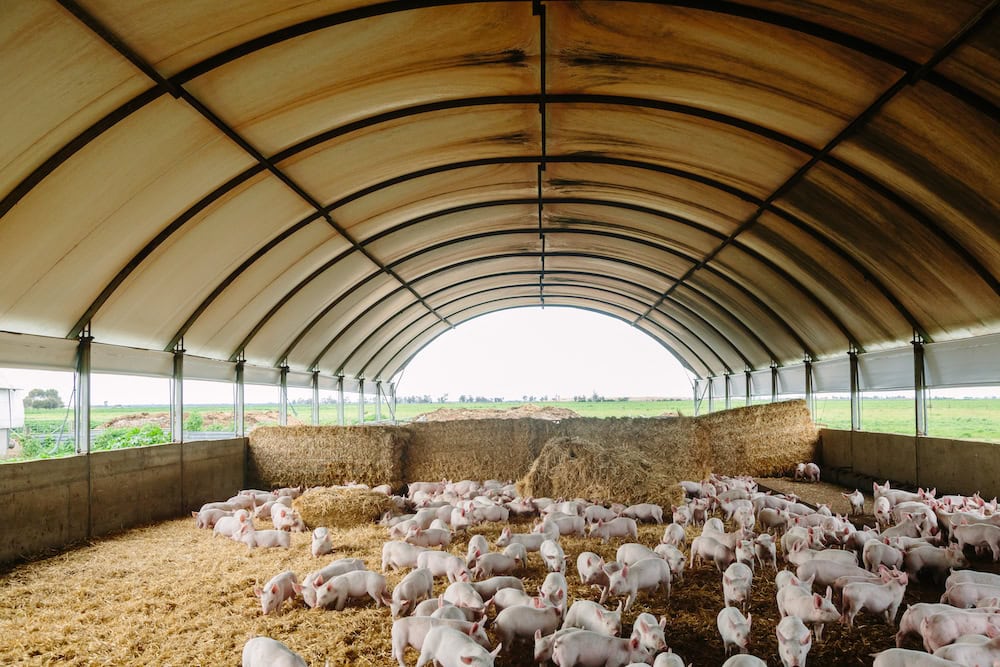
Country of Origin Labelling (CoOL) came into force in 2016. Last year, NSW Farmers recommended to a review of the scheme that the bar chart be made more prominent on packaging to help consumers. It also called for the chart to be shown in a larger, easier-to-read format and that products with no Australian ingredients should be banned from displaying the Australian Made standard logo at all.
Looking into the stats
Australia produces 450,000 tonnes of pork each year, with the majority of this consumed domestically as fresh pork bought from butchers and supermarkets. Around 10 per cent is exported, with Singapore and Hong Kong our biggest markets. Demand for Australian pork is on the rise, as African Swine Fever wipes out herds around the world.
On the flipside, around 250,000 tonnes of pig meat are imported each year by smallgoods manufacturers. On average, each week this equates to $13.8 million-worth of imported pork arriving on our shores.
It is this imported meat that ends up as bacon and ham. While this number is high, the good news is that it is decreasing � slowly but surely.
Margo says there has been a slight uptick in the number of smallgoods processors using Australian pig meat for their bacon and ham production, which is great news for the industry.

�Volume wise we have definitely seen a small percentage growth in manufacturers of smallgoods using Australian pork. We believe we have gone from 20 per cent of your ham, bacon and smallgoods being Australian to about 24 per cent,� Margo says.
�If the bacon you are buying is produced in Australia, you can be sure the pork has met our incredibly high standards, and it tastes pretty amazing too.�
Ean adds, �Australia has the cleanest pig herd health in the world. There are diseases in North America and the pig producers there either have to vaccinate their pigs or do certain things to avoid those diseases.�
�As those diseases aren�t present in Australia, we don�t have to do that. This means we don�t have to vaccinate as the diseases are not in Australia.�
In 2020 during the height of the pandemic, Australian Pork hired several chefs to produce a series of easy-to-follow cooking videos to teach everyday consumers how to cook pork. Margo said this really helped lift pork�s profile as a standard �go-to� meal.
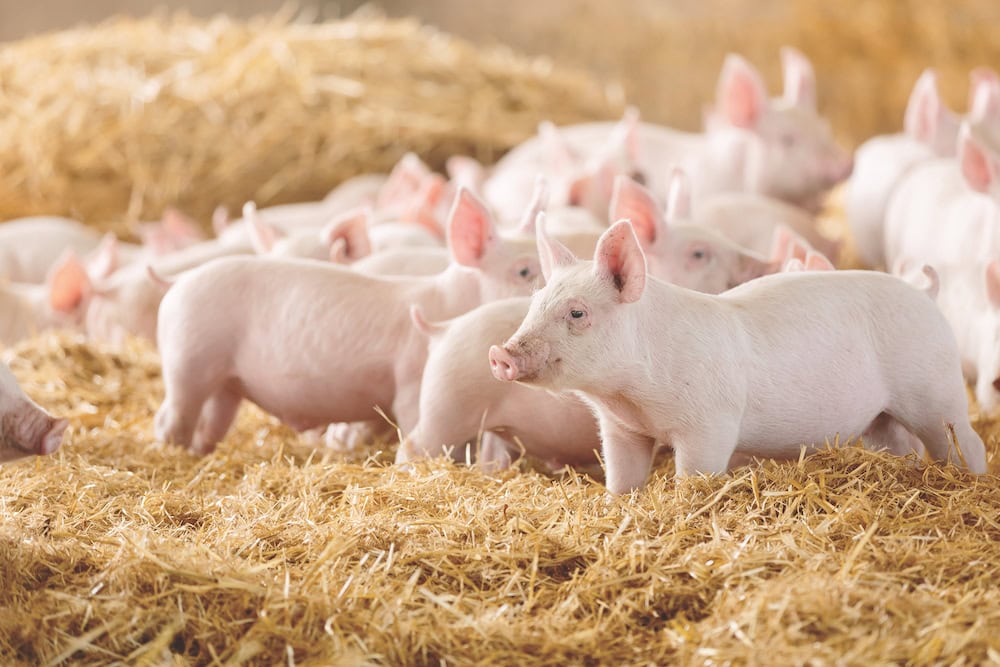
�The nutritional value of pork is amazing when it comes to being a great source of protein, iron, minerals and vitamins, so we wanted to show people how to cook it,� she says.
Margo adds that an increasing number of smallgoods manufacturers are seeking supply deals with Australian pig farmers so they can market ridgy-didge Australian made bacon and ham.
�I think most people don�t realise where their ingredients come from. They are just put together in Australia � so that is why we are working on a campaign to promote Country of Origin labelling to help consumers understand how to read that label,� she says.
�I think the green and gold kangaroo logo is confusing for consumers. Our research told us that 76 per cent of consumers thought they were buying bacon made with Australian pork, so it is confusing for a label that is meant to clarify things.�
Margo thinks it will take time to see more Australian grown ham and bacon on our supermarket shelves.
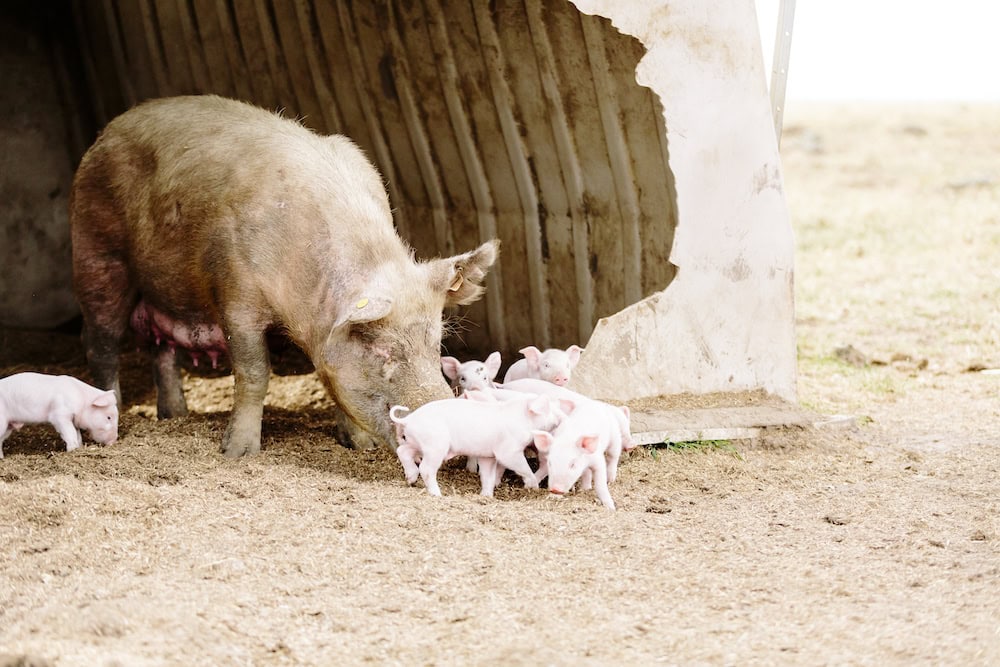
�We can�t just turn the tap on and suddenly be able to supply 100 per cent of our ham and bacon. It�s going to be a collaboration with the smallgoods manufacturers on becoming a reliable supply partner. We lost it over a couple of decades, but it is now a case of how quickly can we reclaim a fair share of the market given that we are slightly more expensive,� she says.
Australian pig producers have capacity for greater volumes over time. Ean says it is vital to take advantage of this given the disruption bacon and ham supply could suffer if there was a supply chain breakdown, or further disease outbreaks overseas.
�It becomes a delicate situation when we start relying on our food source from overseas. If we can secure more of our food source inside of Australia, then surely that has got to be a safer option for consumers moving forward,� Ean says.
�It is a big growth area for Australian pork producers, but if all imports stop coming in tomorrow, we will have a national shortage of ham and bacon.�
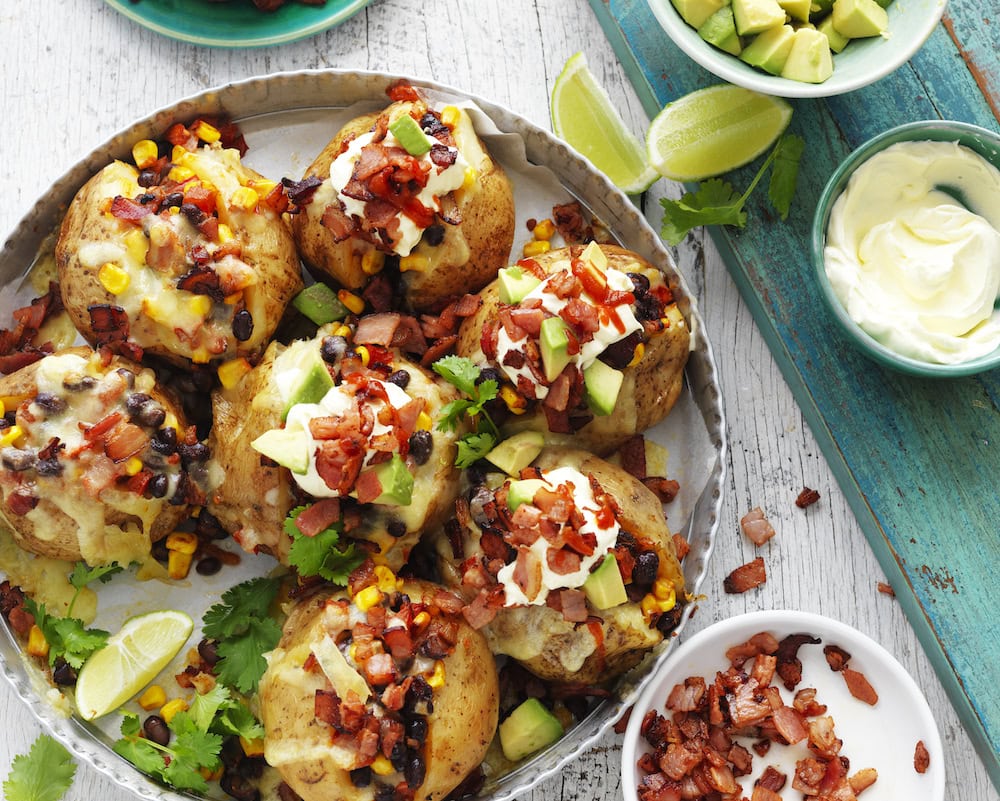
How to spot Australian ham and bacon and support our local pork industry
Look for the pink square Australian Pork logo
Make sure the bar chart shows 90 per cent or more Australian ingredients
If ham has come off a bone or is on a bone, then it is 100 per cent Australian
Remember the kangaroo logo doesn�t prove it is fully Australian grown
For more information, please visit pork.com.au
And if you enjoyed this story on the pork industry, you might like our feature on the lettuce industry in NSW.



